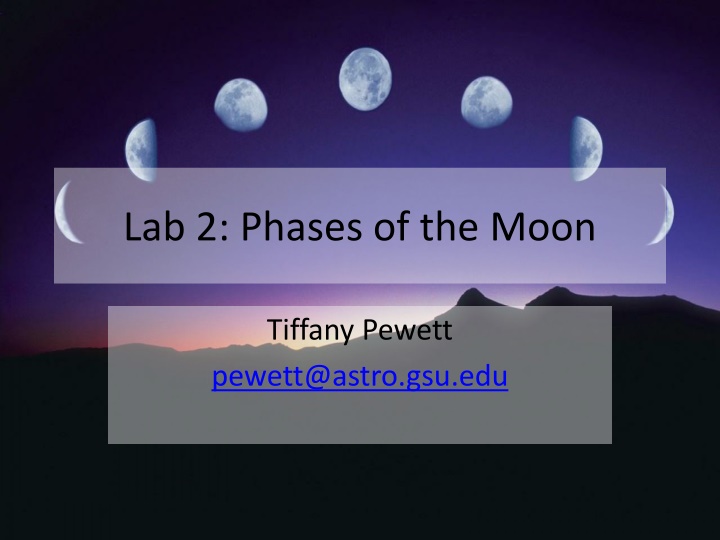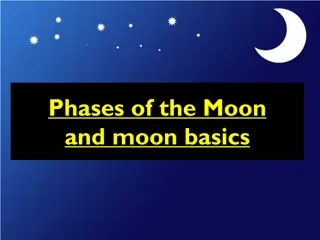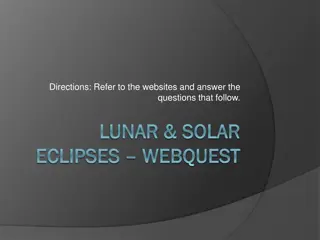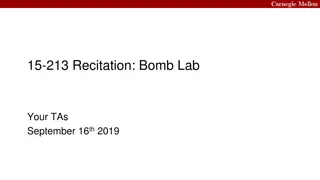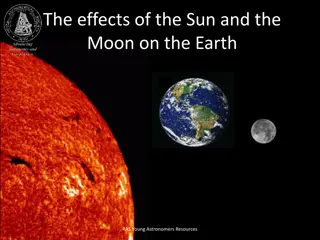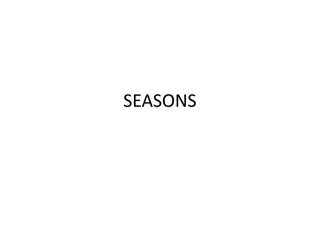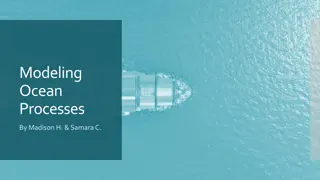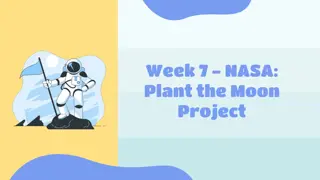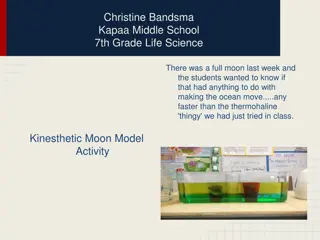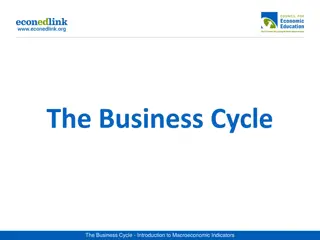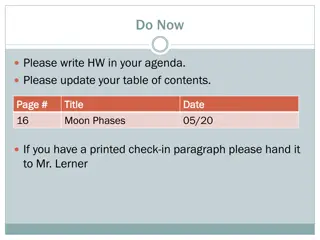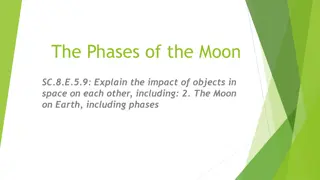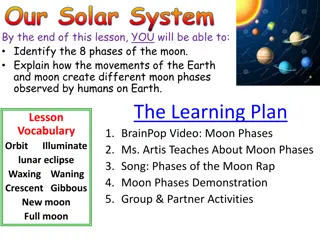Lab 2: Phases of the Moon
In this lab, you will explore the phases of the Moon and understand how they are influenced by Earth's rotation. Discover the relationship between Moonrise, Moonset, sunrise, and sunset. Learn how to determine specific times using a simple method. Apply your knowledge to analyze Moon phase rising and setting times. The current Moon phase is described, and you will complete exercises to reinforce your understanding. Enhance your comprehension of celestial dynamics with hands-on activities and observations.
Download Presentation

Please find below an Image/Link to download the presentation.
The content on the website is provided AS IS for your information and personal use only. It may not be sold, licensed, or shared on other websites without obtaining consent from the author.If you encounter any issues during the download, it is possible that the publisher has removed the file from their server.
You are allowed to download the files provided on this website for personal or commercial use, subject to the condition that they are used lawfully. All files are the property of their respective owners.
The content on the website is provided AS IS for your information and personal use only. It may not be sold, licensed, or shared on other websites without obtaining consent from the author.
E N D
Presentation Transcript
Lab 2: Phases of the Moon Tiffany Pewett pewett@astro.gsu.edu
Introduction The Moon orbits the Earth once every 29.5 days. Phases are caused by this orbit as different parts of the illuminated Moon face the Earth. Always see the same side because the Moon rotates at the same rate that it orbits the Earth.
Phases Half of the Moon is always in sunlight. We can only see the part that is facing us. In this view Earth rotates counter- clockwise.
Procedure After 1st3 questions, use ball and lamp to draw different phases at different angles. 7: Draw phases on diagram and table. Nothing should look like a pie chart !
Times About what time is it when the Sun is directly overhead? Time at sunrise? Time at sunset? Label these and all in between for later.
Moonrise and Moonset Moonrise occurs right when the Earth begins to turn towards the Moon. Moonset, when the Earth starts turning away from it.
Determining Times Easiest way is to make a T . Example using the Sun. Sunrise? Overhead? Sunset? 6pm noon 6am Do the same for the Moon at different positions.
Remaining Questions You ll need to use everything you ve learned so far for question 13. 14: Look at the rising and setting times for the Moon phases. 15: Current Moon phase is Waning Crescent (almost New). Staple and turn in lab when finished.
